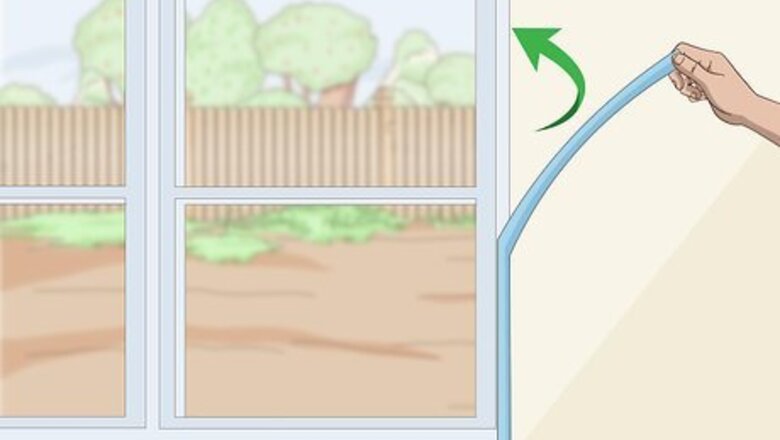
views
Using Painter's Tape

Use painter's tape to mask off all trim and edges. Use the 1 inch (2.5 cm) blue tape made specifically for use with painting. The secret here is to tape slowly and carefully, making sure to press down firmly along the edge of the tape so that it is attached securely. Using regular masking tape can cause the trim paint to pull up and you may be stuck repainting trim. Be sure to thoroughly tape off corners where you will have two different colors next to each other. This includes the edge at the top of the wall if the ceiling will be a different color.

Paint from the center to the edge of the tape with a brush. Dip your brush into the paint, making sure the paint only goes about halfway up the brush. Use the edge of the paint container to wipe off extra paint that might drip. It's important to paint with strokes that move from the center of the tape out across the edge or with strokes that run totally parallel to the edge of the tape. This will ensure that paint doesn't seep under the tape. You can paint the entire taped off edge before moving on to painting the rest of the wall. If you have a helper, one of you can do the edge painting and then the other can follow behind and paint the large sections of the wall. Work slowly and precisely so that the paint doesn't leak over the far side of the tape or get forced under the edge.
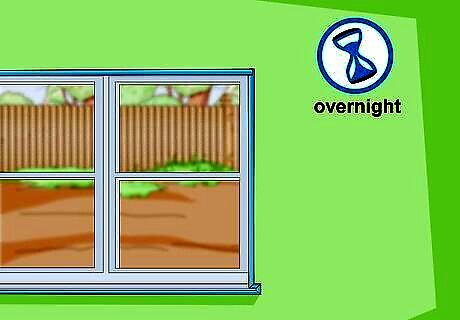
Let the paint dry overnight. Do not pull the tape off right after painting. Letting the paint dry completely lessens the elasticity of paint build-up along the edges, making it easier for the paint to break right at the tape line. On the flip side, you don't want to wait too long to take the tape off either. After a day or 2, the tape line will have more chance of being uneven because the paint will be too solid and dry.
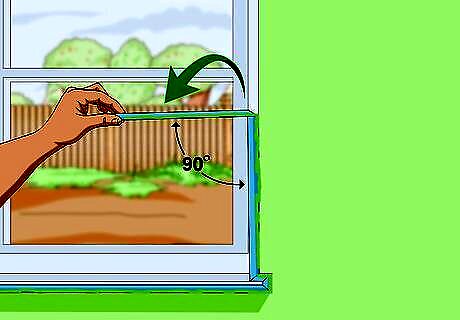
Pull the tape off at an angle so the paint isn't disturbed. Start at a corner and pull the tape off so that it is at a 90 degree angle from the trim surface. This allows the tape to separate from the paint smoothly, rather than pulling up the edge of the paint as it's pulled off. Ideally, the paint edge will be a perfect line with no bleed through. If you follow the instructions carefully, you will remove the tape and find a beautiful room with perfect edges.
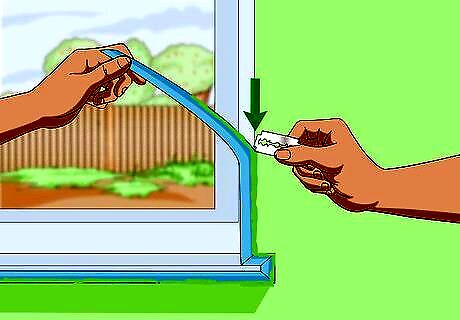
Use a razor blade to cut areas where the paint and tape won't separate. If you are having problems with the tape pulling up and stretching the paint, you may have thick areas of paint that need to be cut. Use a razor blade to carefully cut along the edge where the paint is not breaking free. Keep the blade perpendicular to the wall so that you cut a smooth line next to the tape. If you are finding a lot of areas that don't want to come off easily, it's a good idea to just score all the edges in anticipation that they will all be difficult.
Working with a Painter’s Edge Tool
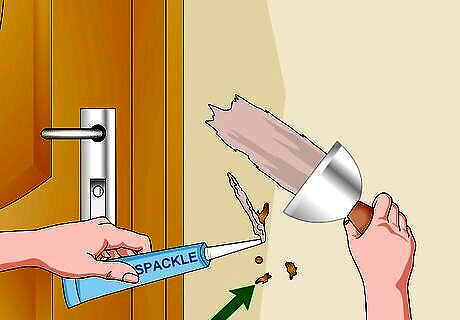
Fix imperfections and gaps on the walls. Use drywall spackle to fix bigger holes, or use painters putty to fill in small dings and nail holes. Use a caulking gun and paintable caulk to fill any gaps between the trim and the walls. Remember, nail holes and gaps are obvious after you paint, so take the extra time and make the room look good by doing proper wall preparation. Let the spackle and caulk dry for at least 20 minutes before continuing with your project.
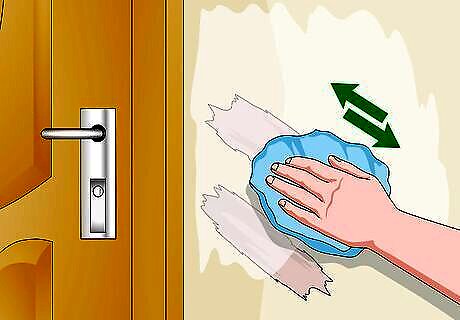
Clean the wall with a damp rag. Once any repairs you made are dry, you can wipe down the surface and remove any remaining dust or dirt. Use a slightly damp clean rag. This will help your paint to adhere correctly. Remember to wipe down every surface you plan to paint, which may include the wall, window trim, baseboards, and crown molding.

Purchase a painter’s edge tool. Most hardware stores and specialty paint stores will carry tools that are made specifically to paint crisp edges. These tools are handheld and allow you to quickly paint a neat edge. They typically have a pad that applies the paint to the wall and wheels that run along the opposite wall, keeping the paint off that wall.
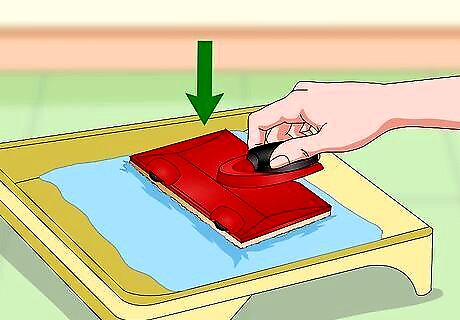
Fill the tool surface with paint. You need to be careful when applying paint to your tool so that paint only gets on the painting surface, and not the surfaces that run along the other wall. Follow the directions that come with your tool, but in many cases, they have a way to move the wheels away from the pad while you fill it with paint and then you put them back in place once the paint is on the pad. You want to totally soak the pad with paint but don't have so much on it that it is dripping.

Run the tool along the edge. Follow the directions included with the tool to paint the edges of your walls. Make sure to keep the tool steady as you move it along the edge. It may take a couple of coats to fully paint the edge, so run the tool back and forth several times. You can paint the entire edge before painting the rest of the wall.
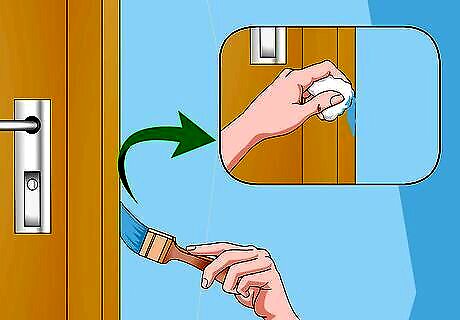
Fix any imperfections with a paintbrush or a wet rag. Make note of areas that are imperfect as you are using the edge tool. Then go back after you finish an edge with a small paint brush to fix any areas that need a little more paint. If a little paint got on the surface you didn't want painted, wipe it off before it dries. Most edge tools work great, so once you get the hang of using the tool, you should have very few areas that need to be touched up.
Painting Clean Edges Without Masking
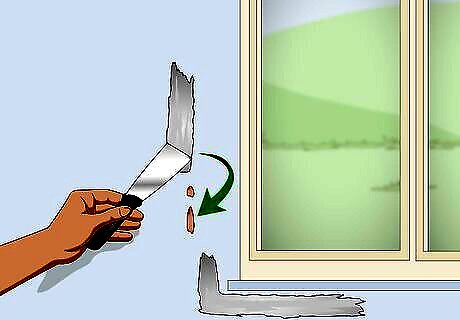
Fill holes, gaps, and imperfections on the walls. Use a sparkle knife and spackle to fill bigger holes. Use painters putty or caulking to fill in small dings, nail holes, and gaps between the trim and the wall. Remember, nail holes and any other imperfections are obvious after you paint, so take the time and effort you need to make the wall nice and smooth before moving on with painting. Remove any excess spackle or caulk with damp cloth. It is easiest to remove when it is still wet, so fix any mistakes right away.
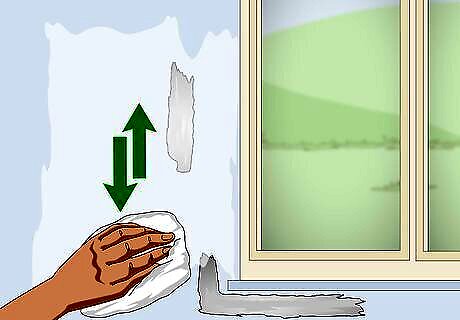
Wipe down the surfaces with a damp rag. Get a clean rag slightly damp. Use it to clean the trim edges, including any baseboards, window molding, and crown molding that will be painted or that butts up to the wall surface. Also wipe down the wall thoroughly, making sure all dust and dirt are gone.
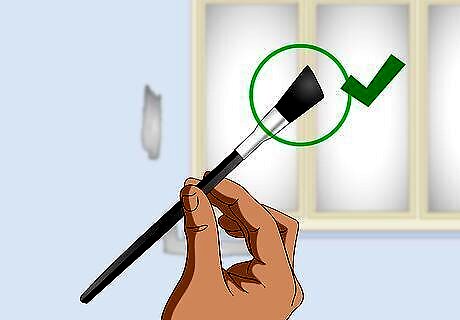
Get a small, angled brush. When painting without masking, you need a brush that you can control easily. A 1–2 in (2.5–5.1 cm) brush with an angled tip will give you the detailed control you need. These brushes are typically available in all home improvement and hardware stores.
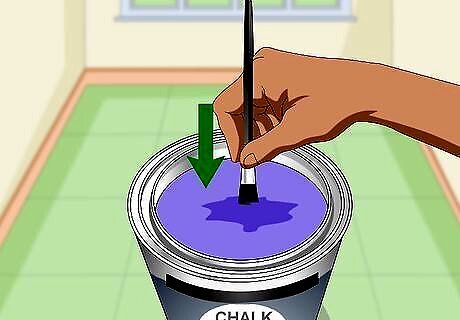
Load up your brush with a moderate amount of paint. When painting crisp edges without masking you need to have a controllable amount of paint on the brush all the time. This means that the tips of the brush should be covered with paint but the majority of the back of the brush should not. Try to keep the paint on only the first 2/3 of the bristles. Having a limited amount of paint on the brush will help you avoid drips and will help you avoid flooding the edge with too much paint accidentally.
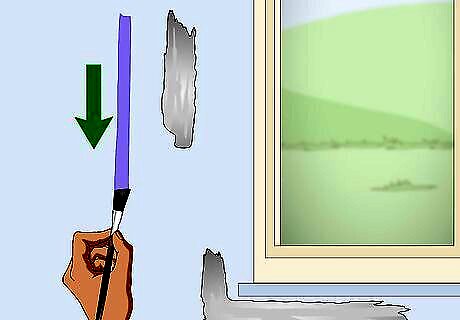
Practice your painting away from the edge. If you are not used to painting straight lines, it is important to practice. Start a practice line out away from the edge so that you can get used to the motion. Work on painting the straightest and cleanest line you can. Once you have practiced a few times, be sure to brush over the paint in the area, so that there are not ridges of paint left. This will ensure that the area won't be noticeable when you paint over it with a roller.
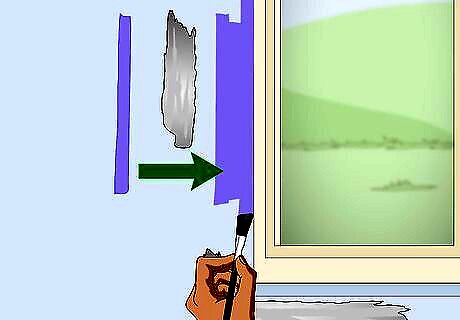
Use repeated short strokes that move in toward the edge gradually. To make a crisp, clean edge, you need to start your stroke away from the edge. This allows you to avoid getting an unwanted pool of paint on the edge. As you move the brush along, gradually move it in towards the edge. Then, when you are running out of paint on the brush, move it back out from the wall. You typically only need to move the brush in and out about 1 centimetre (0.39 in) to avoid pooling on the edge. When you start another stroke, begin just before the previous stroke ended so that the 2 strokes can be blended together.

Paint all the edges using your brush. Do all your edge painting before using a roller to cover the rest of the walls. Cover each edge with several inches of paint, so that you don't have to get too close to the edge when you come back over the area with a roller. As you go, make sure that the paint you apply away from the edge is smooth and not lumpy. Keeping lumps on the wall while you are painting the edge can cause the final paint job to be lumpy.
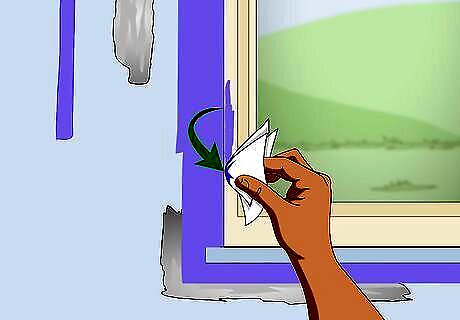
Clean up imperfections right away. If you do have a drip or a smudge, you can easily clean it up right when it happens. Get a damp rag or paper towel and wipe it off the wall while it is still wet. Then you can go back over the area to establish your clean line once again.

Paint the walls after you paint the edges. Once you have your clean edges done, you can focus on the large areas of the walls. If you made your brushed areas wide enough, you can roll over the edge with your roller, making a seamless paint job.















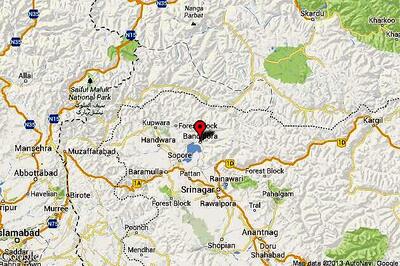
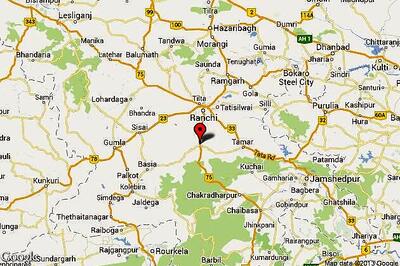



Comments
0 comment